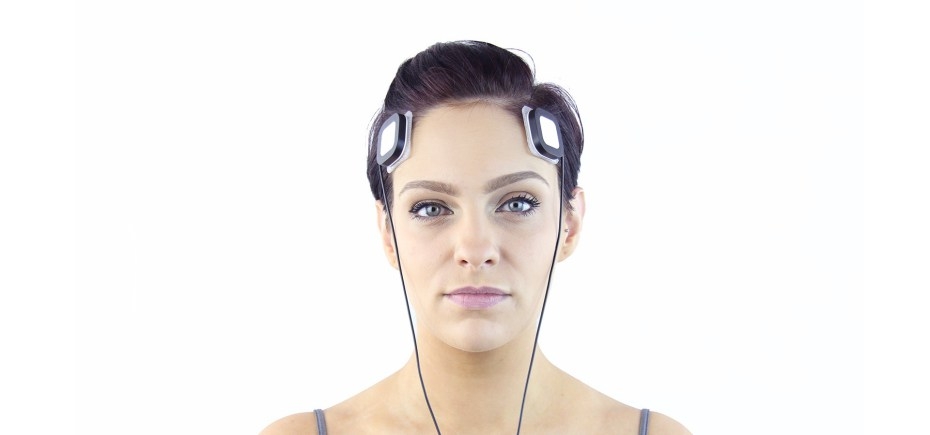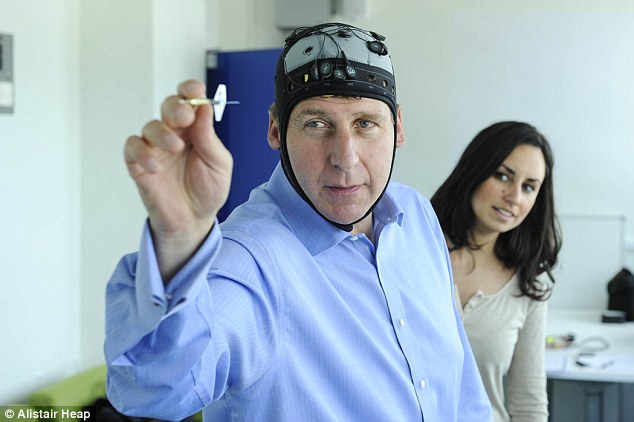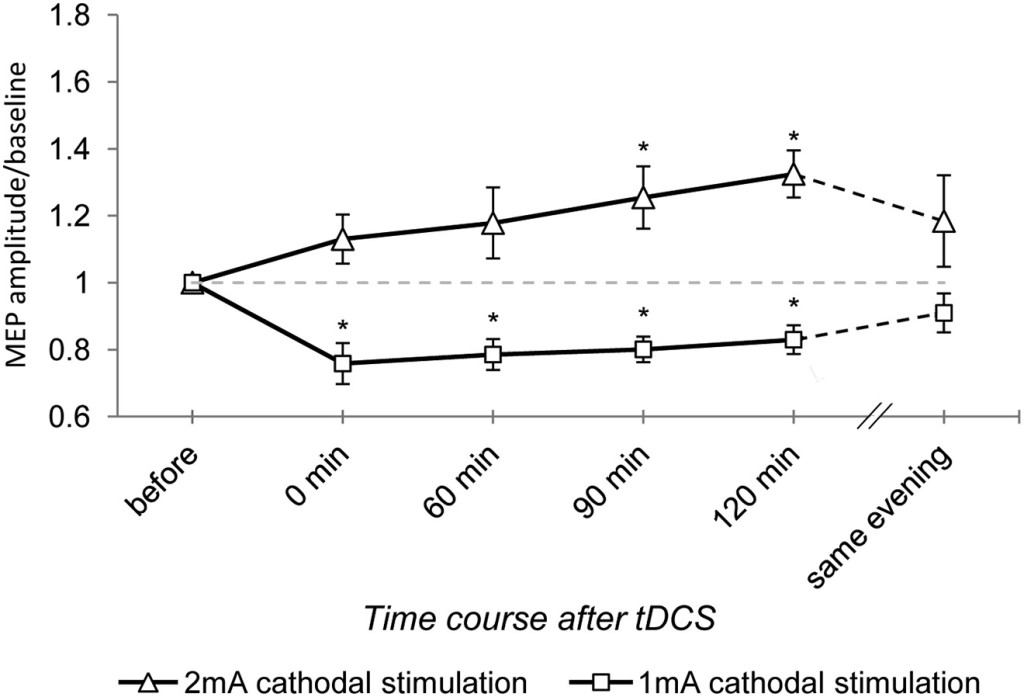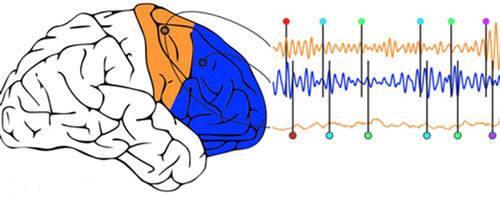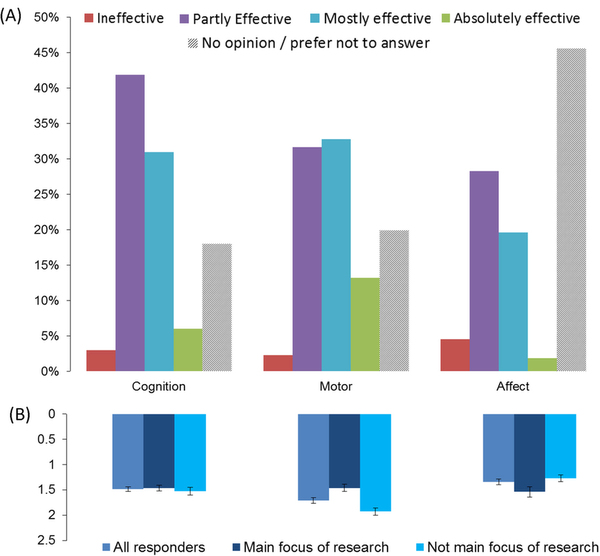[Update 9/3] Because the tweets just keep on tweeting!
Study author Laura Steenbergen:
We performed this study in August/September 2014, which was before the V2 headset or software were available or even announced.
The study states:
In this study, we tested whether the commercial transcranial direct current stimulation (tDCS) headset foc.us improves cognitive performance, as advertised in the media.
In fact, at the time the study took place, using the Focus v1 device, the (June 25, 2014) website stated:
Stronger, faster, quicker
Excite your prefrontal cortex and get the edge in online gaming
[Update 8/30 Getting a little bit into the weeds here, but having put some time/thought into this r/tDCS thread reply I thought to post it here too to further clarify my issues with the study.]
I’m not sure why you call it ‘the standard foc.us montage’. The v1 montage was a bad choice, they recognized that and moved on. What would you say about the foc.us product as presented on their website now? Fregni’s study isn’t what I’d hope for in a study either. Maybe this ‘Unfocus’ study should have confirmed Fregni’s results using their testing protocol with a ‘medical tDCS apparatus’ before finding that the foc.us v1 device ‘impairs working memory’. In the study, they state:
In this study, we tested whether the commercial transcranial direct current stimulation (tDCS) headset foc.us improves cognitive performance, as advertised in the media.
But in another interview (translated) she states:
Reuning: The company that sells this device, thus claiming that it improves working memory. Is that correct? Steenbergen: Well, at least for the new version of the device they advertise on their website. The version we tested is intended to improve performance in computer games, according to the manufacturer.
Did foc.us ever state that the v1 ‘improved working memory’? I don’t think so. Here’s what I think this whole study is really about (again, translated from the same article):
…Of the medical equipment we know that they are safe. We know which regulations need to be followed if one wants to use them. But for the non-prescription devices there are no such provisions.
And yes, totally agree that all sorts of claims are being made. It’s a challenge to parse out good science, especially now that VC and DARPA money are coming into brain stimulation. Not to mention claims made by manufacturers of devices. But all that keeps it interesting and fun actually.
I would have been completely okay with this just being another bad tDCS study if it wasn’t so blatant a hatchet job on foc.us and the diy community in general.
[Update 8/28]
“Unfocus” on foc.us study – Our Response
For the record – the original foc.us gamer was tested and CE certified by an independent UK based Notified Body to standards EN60601-1:2006 and EN60601-2-10:2000.
It was the first CE certified consumer tDCS device. As far as we are aware, foc.us remains the only CE certified consumer tDCS device available today.
We welcome researchers who want to test our claims, especially independent 3rd parties who do it without telling us. But we find ourselves disagreeing with the facts presented and thus conclusions of this report.
Michael Oxley
foc.us co-founder
Source: “Unfocus” on foc.us study – Our Response
[Update 8/19] Noticed that Thync’s Jamie Tyler had this to say…
https://twitter.com/jamiethync/status/633650859767910400
https://twitter.com/jamiethync/status/633654698650808321
[Update 8/20] Have been in touch with study author Laura Steenbergen who cleared up my question about which version of the Foc.us device/software was used in the study:
We performed this study in August/September 2014, which was before the V2 headset or software were available or even announced. Hence, we used the software that belonged with the V1 apparatus (which by then was not even available for android yet ;)). Publication of scientific data is a long process, which is one of the reasons we repeatedly state that these findings only apply to V1 (we have no knowledge about V2). Confusingly, some media websites post a picture of the V2 foc.us with our findings… But that is beyond my control… I hope this clarifies the situation.. Best, Laura Steenbergen
Of course in the context of there only being one Focus device at the time, their use of the term ‘device’ would imply the entire contents of the box they received. There were no v2 headsets at the time they conducted the research. It’s my awareness of subsequent product developments that confused my initial impression. That plus the fact that the media are denigrating Focus for a product that doesn’t exist based on research that happened over a year ago.
Confused about this study… They tested the Foc.us v1 headset with the Foc.us v2 software. Then declare the device “…cannot be regarded as an alternative to CE-certified tDCS devices, the use of which has been demonstrated to be successful in promoting WM.” But the v1 headset has been controversial since Foc.us first released it! And having v2 of the app/software would imply that they made the choice not to use the newer headset (which follows a more common montage protocol). Anyway… it got published, and we’re talking about it and the buzz gremlins put their spin on it and spread it hither and yon.
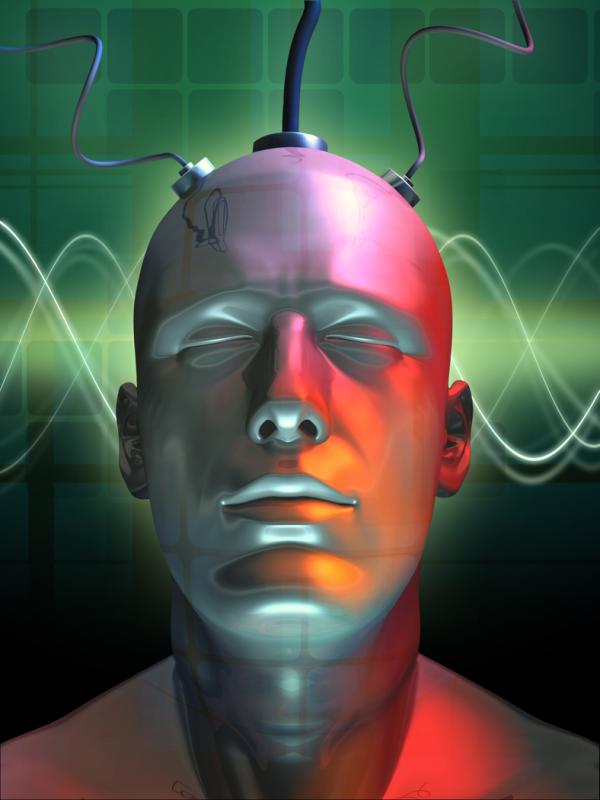
In the current study, psychologists from the Netherlands worked with 24 healthy participants, attaching tDCS electrodes to their foreheads as recommended for stimulating the cortex. They used a commercial tDCS headset called “foc. us” that offers gamified and non-gamified stimulation and claims it can increase athletic endurance in addition to cognition. Participants visited the laboratory two times and were each given — unbeknownst to them — both a real stimulation session and a placebo-like service.
Source: Widely available brain training device could impair memory: study – Yahoo News
Reddit discussion: https://www.reddit.com/r/tDCS/comments/3hbe3s/impaired_memory_with_focus/
Paper: “Unfocus” on foc.us : commercial tDCS headset impairs working memory
Any other type of sensory stimulation (incl different sham) could have produced same weak effects on WM #junk #tDCS http://nws.mx/1gU30dI
@sciencelaer thx read it yesterday – lights, tones, etc really could have produced same minimal WM differences – so much junk tDCS research

